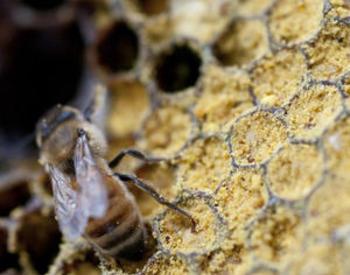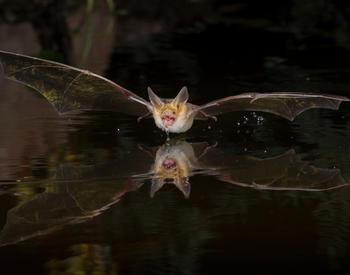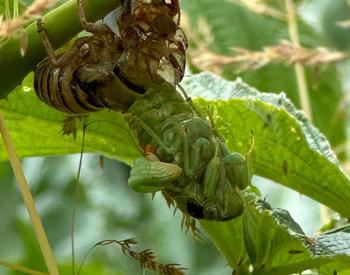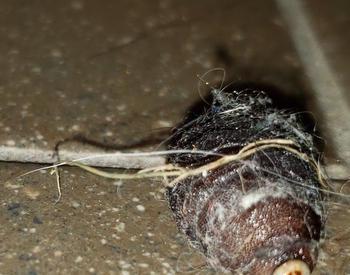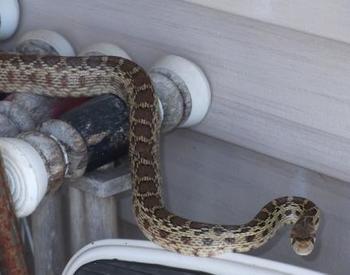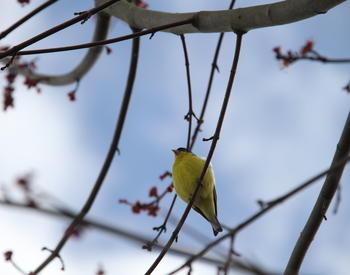Before sunrise, I sit on my deck and a couple of times recently, I've seen a bat fly into the eves and not come out. I can see there is a separation where a bat could squeeze in. I am wondering what to do to get rid of the bats and not put my family at risk of disease.
Thank you for your question! Bats are a protected species, since eight of the fifteen species found throughout the state are Oregon Conservation Strategy Species due to their declining populations.
This resource has more general information on bats: Living with Bats, Oregon Department of Fish and Wildlife
Bat exclusion
Because bats are a protected species, total removal is discouraged. Instead, it is advised to exclude them from your home. Baby bats may not be able to fly independently until the end of August, so it's advisable to do your exclusion treatments between the first of September and before the start of winter when bats are beginning to explore and occupy winter roosts.
Regardless of exactly when you do the exclusion, you'll need to fashion a 1-way exit, or valve, on the eave to make sure all bats are out and to avoid trapping bats inside that space. See pages D19-D20 of this old but still helpful guide: Bats, University of Nebraska Lincoln
If you would like to engage a trained private contractor to assist in that work, you can find one close by on this list of currently-licensed wildlife control operators.
Bat houses
Creating a "bat house" is a great way to support the bat population and provide an alternative shelter to your own house. Putting up a bat house is a great idea in any season, so I would recommend doing the work on a pleasant day any time soon. Siting your bat house will be very important to boost the chances of bats finding it and using it. There's a great chance that bats might not explore your box until spring, or even more than a year.
Here are some resources for getting started with Bat Houses:
- Bat Houses: An Educational Opportunity, Bat Conservation International
- Installing Bat Houses, Bat Conservation International
I understand that Bat Conservation International (BCI) is no longer recommending single-chambered houses, so please keep this in mind.
Bat diseases
Bats can be carriers of rabies, but transmission must be direct, including a bite or scratch. For more information, please refer to this resource: How is rabies transmitted? Center for Disease Control and Prevention
Rabies testing is only possible with very fresh animals — often even delivered alive to lab and then euthanized for sampling. Another disease of particular concern is white-nose syndrome (WNS). We have not yet detected it in Oregon, but it's been confirmed multiple times in Washington, so our state agency, ODFW, has set up a bat incident hotline to which you can report as part of that surveillance effort, just in case! When taking a bat for testing, always use thick gloves and a shovel or other implement to place it (alive) in a secure box.
Have any of your human family or household animals been in contact with the animal? If so, immediately contact your County Health Department, pending results of the bat's rabies test. Check with your vet that any and all animals that might have contacted the bat are up on their rabies vaccine.
